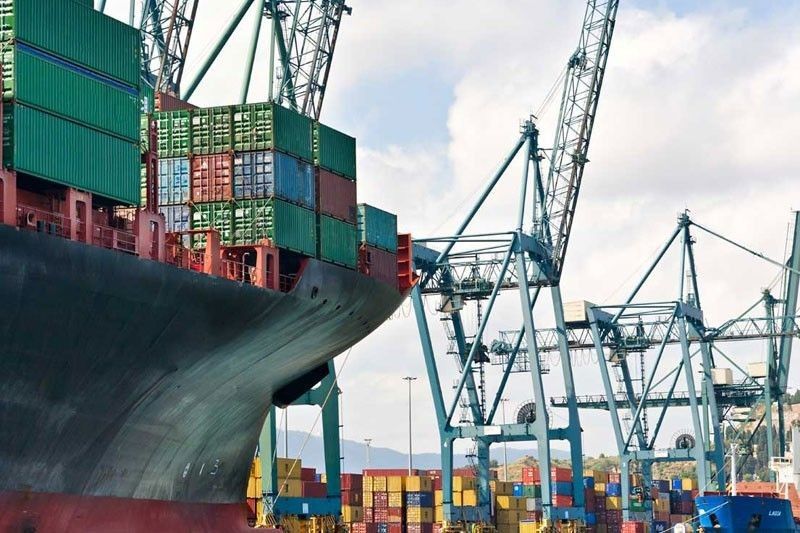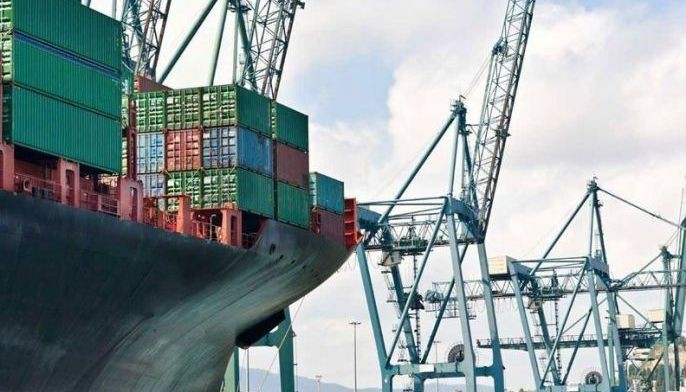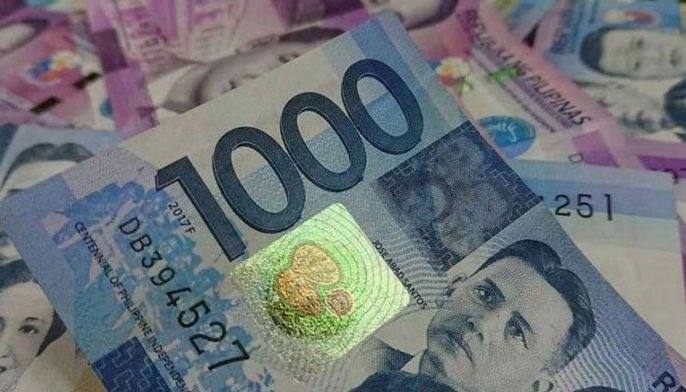Global bank sees smaller Philippine current account gap in 2019

MANILA, Philippines — The Philippines is expected to post an “improvement” in its current account position next year on the back of tumbling crude oil prices, although the local currency will remain weak, a global bank said.
In its “Q1 2019” report released last December 13, ANZ Research said the Philippines’ current account gap is forecast to slightly shrink in 2019.
“We also forecast an improvement in the current account positions in India, Indonesia, and the Philippines in 2019,” ANZ said.
However, the correction in the Philippines “should be more moderate, hampered by a persistent expansionary fiscal policy,” the bank stressed.
“Available 2019 official fiscal projections point to higher expenditure-GDP ratios in Indonesia, South Korea, and the Philippines and lower ones in Malaysia and Thailand,” it said.
According to ANZ, every $10-per-barrel change in global oil prices will affect the current account of the Philippines — a net oil importer — by 0.50 percent of gross domestic product.
Compared to the Philippines, ANZ said the impact of oil price movement on the current account of India and Indonesia will be smaller at 0.25 percent and 0.11 percent of GDP, respectively.
“Thus, the recent fall in crude oil prices has been unambiguously positive for all three economies,” it said.
Peso to ‘stay under pressure’
The current account position is an important indicator about the economy’s health. It measures the net transfer of real resources between the domestic economy and the rest of the world.
If the current account balance is in surplus, the country is a “net lender” to the rest of the world. Net lending occurs when the national saving is more than the country’s investment in real assets.
If in deficit, the country is said to be a “user of funds” and thus, is considered as net borrower from abroad in order to fill in the shortage.
In the first nine months of 2018, the Philippines' current account deficit swelled to $6.471 billion, or equivalent to 2.7 percent of GDP. That was a turnaround from the $968 million surplus (0.4 percent of GDP) registered in the same period in 2017.
ANZ said the Philippine peso will stay under pressure from the deteriorating current account deficit, as the government’s infrastructure building program lifts imports.
According to the Bangko Sentral ng Pilipinas, the current account deficit is forecast to balloon to $6.4 billion, or 1.9 percent of GDP, in 2018. This was more than twice its previous estimate and higher than $2.2 billion gap posted last year.
Contrary to ANZ’s view, the BSP said next year’s gap is seen widening to $8.4 billion, or 2.3 percent of GDP.
“We are not seeing a widening of current account to unsustainable levels,” BSP Assistant Governor Francisco Dakila said in a press conference last December 14, adding that imports are projected to ease due to falling oil prices in the world market.
“A lot of these have to do with the production and, in particular, capital goods imports are going to add to the productive capacity of the economy. Imports of raw materials are necessary for production activities,” Dakila added.
“So there’s no way that this is presaging a bust of the economy.” — Ian Nicolas Cigaral
- Latest
- Trending





























